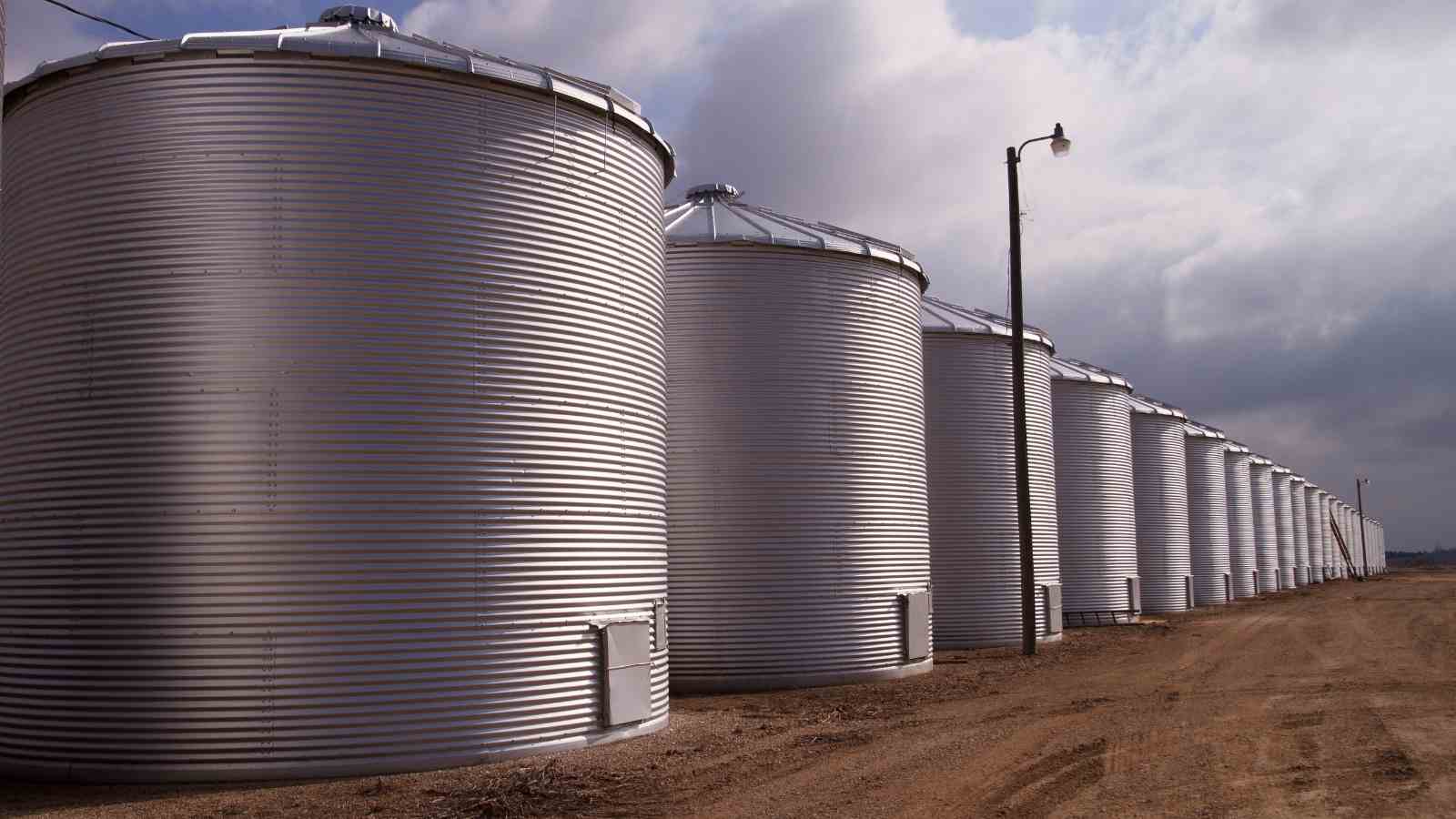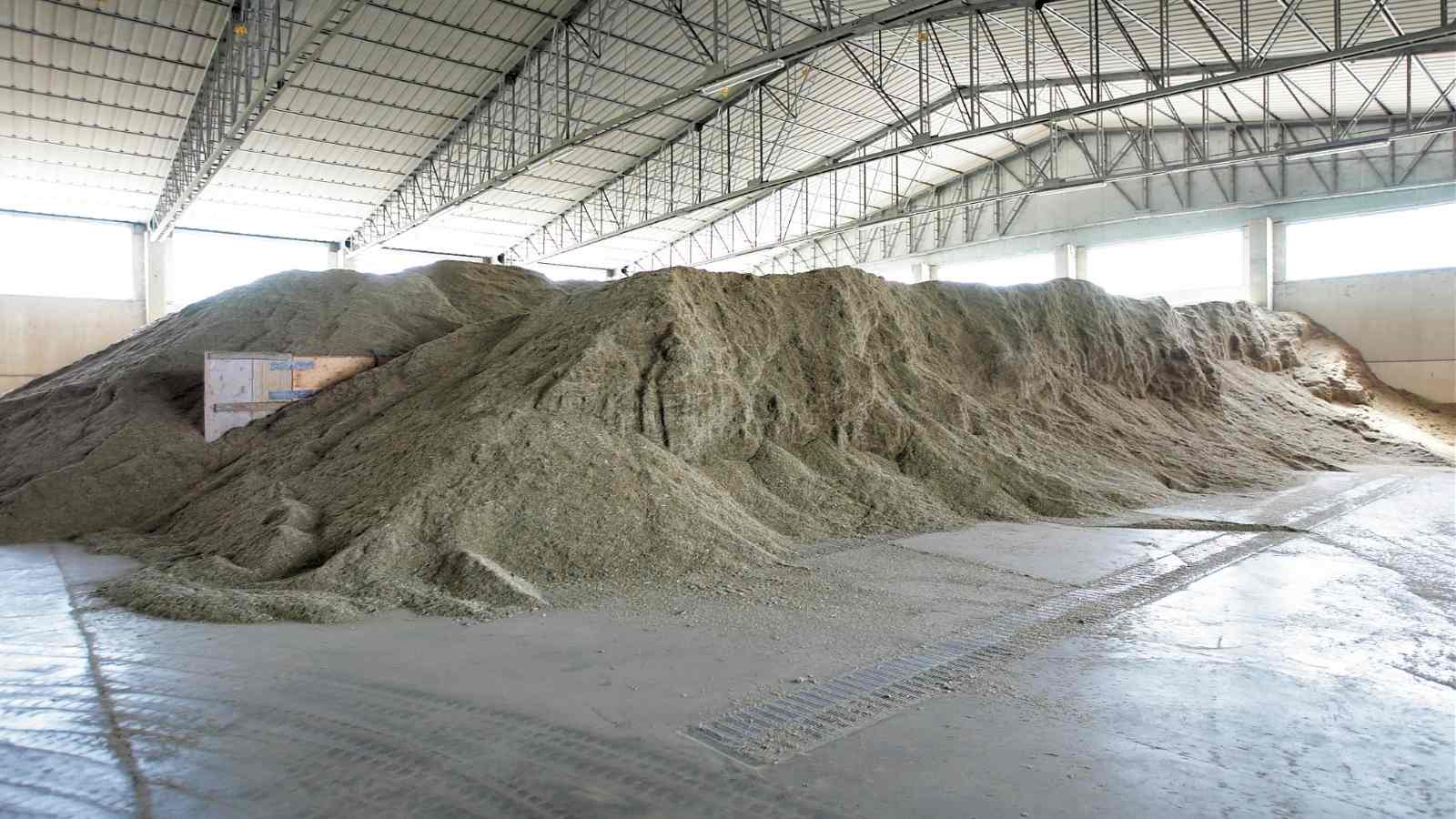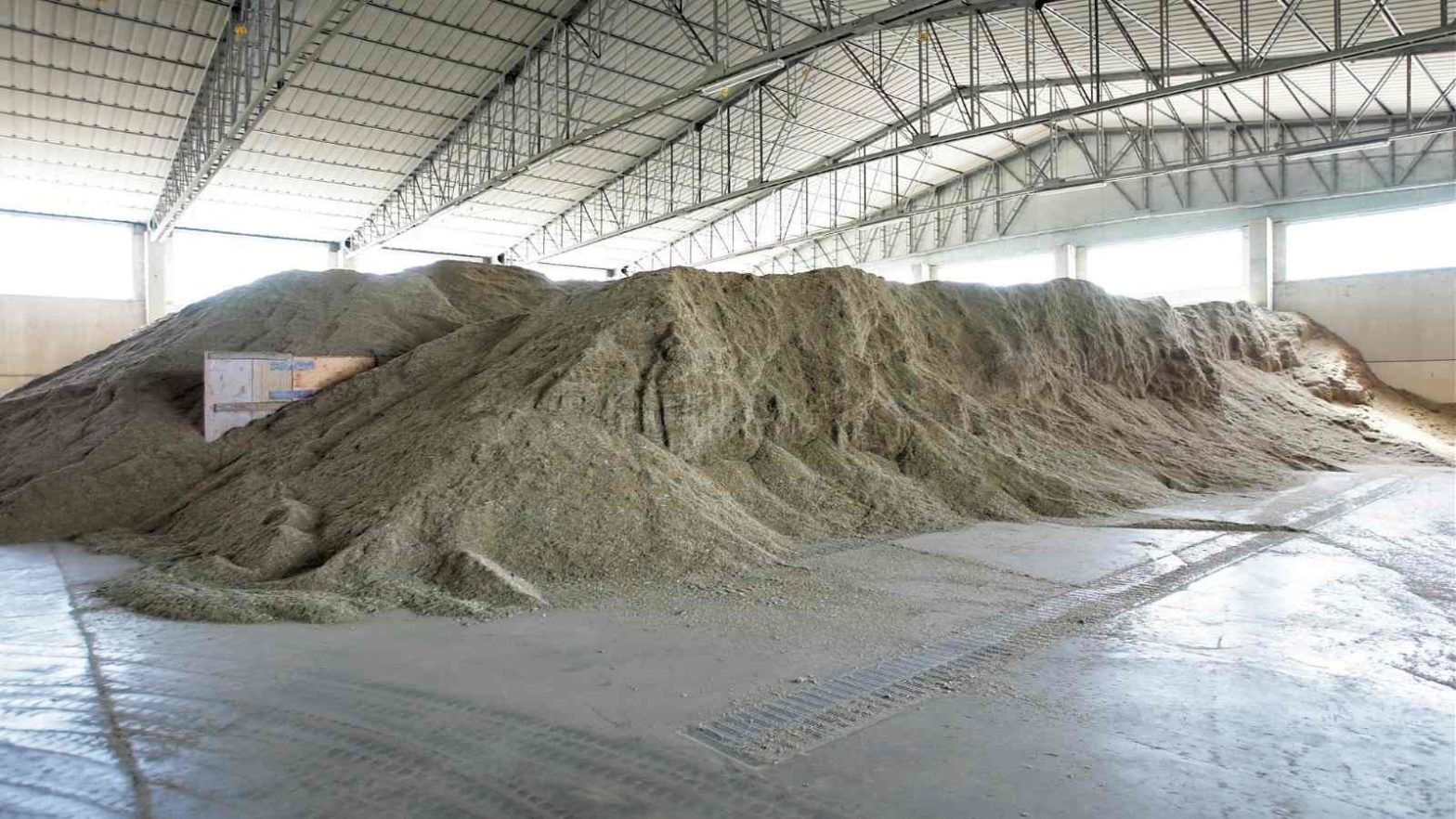To store the grains properly: Follow the given 7 easy processes
1. Make for clean and properly sanitised grain storage cans or bins (as the case may be)
The grains are most extensive crops and they need sufficient care to grow. At first, there ought not be any delay in the harvesting of the grains. If there is any delay, many a times after the harvest, most of the grains get thrown away due to their reduced food nutrient availability. So, once the harvest done, the farmers need to categories the crops and according to the sufficient amount, should store them in grain bins.

At times, when the previously used grain bins are used once again, they should be thoroughly checked. These grain bins tend to harbour certain insects at the bottom most lining. So, the bins should be washed and dried properly. After drying the grain bins, they need to be properly wiped clean and if time permits can be sanitised too for extra surety.
2. Sieve through the grains, and store only the ones which are of the best quality
Harvesting of crops does not always mean that the entire lot of the crops will get stored for the future use. So, the farmers should properly divide the grains which are to be sold and the ones which are to be stored. It is always advised to store the grains which are mature and the ones which are of the best quality. The grains that are to be stored should have rich nutrient content and should yield heavy price even in the future.

3. The grains should be made absolutely moisture free before storing them in the bins
After the harvest, the grains should be thoroughly washed and rinsed off. The washed grains then should be sun dried very well for a couple of days. To make the grains absolutely moisture free, the farmers can use certain chemical filled bags that can entirely remove the water from the grains. Removing the water from the harvested grains which are to be stored are important since any dampness in the container will lead to the reduction of the grains’ quality.
4. The grain storage containers ought to be have steady mode of aeration
When the washed off ad well dried grains are packed into the grain bins then the farmers should start taking care of the next step. This step comprises of providing proper means for aeration of the grains. Well, aeration does not mean that the farmers will leave large air vents. Rather what the farmers can possibly do is to make way for proper speedy fans and small vents with meshes which will allow breezy air into the containers. These are certain ways by which the grains within the grain bins can be kept aerated. Apart from it, the rooms or the spaces in which these grains are stored, they can also be kept aerated with proper ventilators.
5. A constant temperature ought to be maintained within the grain containers
Even with respect to the fluctuating external temperature, the farmers should try to maintain a steady temperature within the grain bins. Likewise, in the summers, the grains ought to be cooled.

6. The grains need to be checked regularly in the grain bins
The farmers ought to realize that the storage of grains means keeping loaded money at stock. The grains are of high worth in the country so the farmers should regularly keep checking them. Through the thorough checking, any bad grain stock can be easily pulled out and can be segregated. At times, the grains get temporarily stored in stacked sacks. So, in such conditions, the grains ought to checked minutely for 4 days at least per week to keep away the rodents etc.
7. By no means, let the pests or rodents or any kind of disease to creep into the grain stores
The grains should be made resistant to the pests and to the various diseases. If the grain bins happen to be damp, then the most common disease is fungus. This can lead to the destruction of an entire lot of healthy grains. All the more, to keep away the rodents, the farmers can try spreading chemicals around or can use rodent traps as well.

